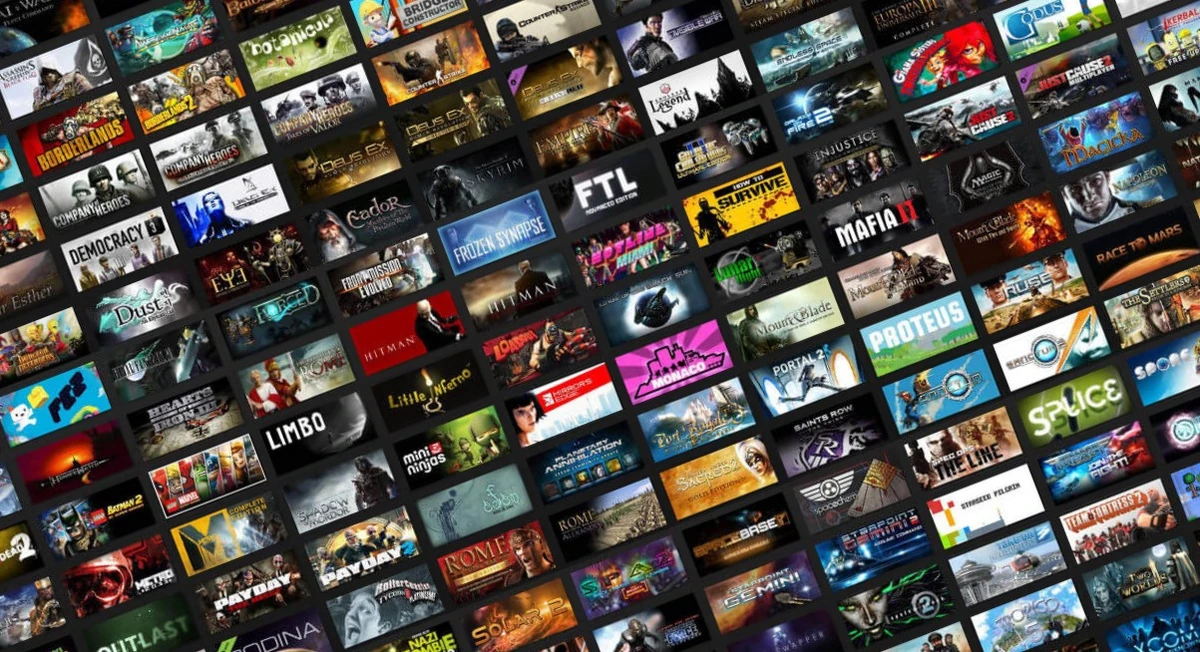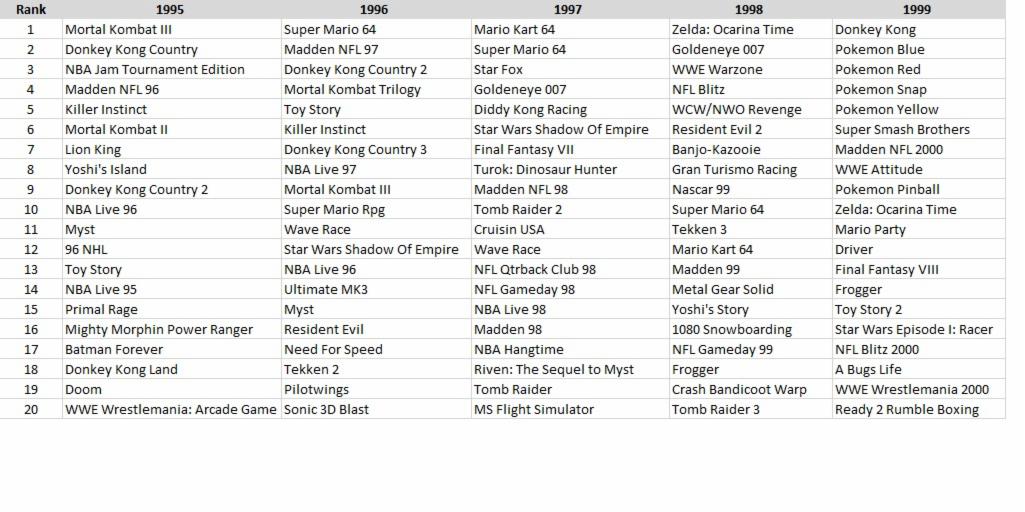thicc_girls_are_teh_best
Member
So an old article from 1996 in the Japanese newspaper Nikkie Sangyo Shimbum, going over the cratering of the 16-bit market shortly after the PlayStation's release, was finally translated and posted on MDShock (as you can guess, it's a MegaDrive-centric website). The article basically mentions of how while the 16-bit consoles were still selling, the software wasn't. And what's more interesting is that it affected everyone, not just Sega as it's commonly assumed.
Of course, Sega had the biggest losses a lot of which were due to self-inflicted wounds from bad management and budgeting, but even Nintendo saw big losses for the SNES after the PS1's (and to a smaller degree, Saturn's) release, taking a 9.8 billion yen loss after clearing out unsold SNES inventory following March 1995. Capcom, took a 7.5 billion yen loss after doing similar for their software. Sega's revenue in the European market went from 60 billion yen in 1993 to 20 billion yen in 1995, so on and so forth.
Neat, short article definitely worth a read, but there are some striking takeaways from it. For one, the gaming market was absolutely ready to move on from 16-bit hardware, likely due to increasing software costs as the games were getting bigger and bigger, meaning bigger carts, meaning more costs. The hardware itself was still selling decently well in territories like NA, but with significantly shrinking software sales it's more likely gamers were doing more renting of 16-bit software than buying, or grabbing games at discount bin prices from late '95 onward. I personally remember being able to go to flea markets as a kid and pick up games like SF2 Champion Edition on Genesis for like $5, and that wasn't that old of a game (1993 IIRC).
I think it also shows that even with SoA's mistakes in the 16-bit gen (poor marketing for Sega CD, the entirety of the 32X, scattershot quality of software from Sega Technical Institute, etc.), they may've been incidentally forced to make a decisioni that was actually the right call for the time, in significantly scaling down Genesis/MegaDrive support in 1995 for the NA and European market. The common argument against this decision is that 16-bit was still selling. Well, yes, 16-bit consoles were still selling, but it looks like 16-bit software, outside of some exceptions (I'm sure games like Yoshi's Island did pretty well in NA & European regions for example) the actual games weren't and there isn't much point keeping a platform going if the games aren't moving inventory.
But anyway, really neat little article that's worth the time to read. Anyone else around at the time, how was the 16-bit market looking for you in '95 or what were your own gaming plans around that time?
Of course, Sega had the biggest losses a lot of which were due to self-inflicted wounds from bad management and budgeting, but even Nintendo saw big losses for the SNES after the PS1's (and to a smaller degree, Saturn's) release, taking a 9.8 billion yen loss after clearing out unsold SNES inventory following March 1995. Capcom, took a 7.5 billion yen loss after doing similar for their software. Sega's revenue in the European market went from 60 billion yen in 1993 to 20 billion yen in 1995, so on and so forth.
Neat, short article definitely worth a read, but there are some striking takeaways from it. For one, the gaming market was absolutely ready to move on from 16-bit hardware, likely due to increasing software costs as the games were getting bigger and bigger, meaning bigger carts, meaning more costs. The hardware itself was still selling decently well in territories like NA, but with significantly shrinking software sales it's more likely gamers were doing more renting of 16-bit software than buying, or grabbing games at discount bin prices from late '95 onward. I personally remember being able to go to flea markets as a kid and pick up games like SF2 Champion Edition on Genesis for like $5, and that wasn't that old of a game (1993 IIRC).
I think it also shows that even with SoA's mistakes in the 16-bit gen (poor marketing for Sega CD, the entirety of the 32X, scattershot quality of software from Sega Technical Institute, etc.), they may've been incidentally forced to make a decisioni that was actually the right call for the time, in significantly scaling down Genesis/MegaDrive support in 1995 for the NA and European market. The common argument against this decision is that 16-bit was still selling. Well, yes, 16-bit consoles were still selling, but it looks like 16-bit software, outside of some exceptions (I'm sure games like Yoshi's Island did pretty well in NA & European regions for example) the actual games weren't and there isn't much point keeping a platform going if the games aren't moving inventory.
But anyway, really neat little article that's worth the time to read. Anyone else around at the time, how was the 16-bit market looking for you in '95 or what were your own gaming plans around that time?




